Olympic Agora: A View of the Olympics Through Art
Bringing Culture and Sports Together
An indoor exhibition and outdoor art installations reflecting the legacy and cultural values of the Olympics.
Amid all the hullabaloo and recent unpleasantries surrounding the 2020 Tokyo Olympics, a look at some creative art installations set up for this occasion may provide a calm respite. Spearheaded by the Olympic Foundation for Culture and Heritage (OFCH), the Olympic Agora exhibition opened on July 1 and runs until Aug. 15, 2021.
“Agora” is the Greek word for an open space where people gather for meetings and social activities. The concept is first implemented in the 2020 Tokyo games and aims to bring together sports and culture by unifying international communities during the world’s most celebrated global event in sports.
Located in several spots around the Nihonbashi area, these artworks represent various media, such as sculpture, CG simulation, photographs, videos, painting, graphic design and commemorative treasures from past Olympic games.
The Olympian Artists in Residence: Noren Curtains Project
If you come by train to Coredo Muromachi Terrace either by the Hanzomon (Mitsukoshi-mae station) or Ginza (Nihonbashi station) lines, you may pass a long corridor of colorfully painted banners or Japanese Noren (curtains or room dividers) called the Olympian Artists in Residence Noren Curtains Project in the underground.
The public exhibition presents traditional culture through the Noren painted by five Olympians and one Paralympian:
- Ciara Michel (Great Britain, volleyball, 2012 London)
- Slaven Dizdarević (Slovak Republic, track and field, 2008 Beijing)
- Kelly Salchow MacArthur (U.S.A., rowing, 2000 Sydney and 2004 Athens)
- Gregory Burns (U.S.A., swimming, 1992 Barcelona, 1996 Atlanta and 2000 Sydney)
- Roald Bradstock (Great Britain, track and field, 1984 Los Angeles and 1988 Seoul)
- Hannah Wilkinson (New Zealand, football, 2012 London and 2016 Rio de Janeiro)
Many works reflect Japanese traditional scenes, such as Dizdarević’s “Protection” (top main photo). It illustrates a sumo wrestler throwing salt in the air for protection and purification, as part of the ritual before commencing a match.
In “Aut viam inveniam aut faciam,” Wilkinson captures the challenges faced during the current coronavirus pandemic in the image of a track athlete running against a background of turbulent ocean waves and a red rising sun.
Olympic Art Visions—A Sculptural Legacy for the Ages
At the main entrance of Coredo Muromachi Terrace, French artist Xavier Veilhan reveals his eye-catching red, blue, yellow and green human sculptures, “The Audience.”
This piece symbolizes the spectators who may be missing the games physically, but are united in spirit. The sculpture is the first permanent commission by the OFCH for the Olympic Art Visions program.
Contemporary Art @ Olympic Agora
On the other side of the terrace is Moment Factory’s “Podium Memories: Effort, Solidarity, Victory,” an interactive CG light installation by the Canada-based multimedia studio.
Visitors may step up to the podium and move their bodies to retrace memories from past Olympic games. CG images and audio-visual footage appear accompanied by ringing sounds, resonating the nostalgia of camaraderie among international athletes.
Also on the basement floor outside the glass sliding doors is a small exhibit by photographer Rinko Kawauchi, “What Is the Joy of the Future? Works from Olympism Made Visible.” Her 16 images reflect disaster-inflicted communities by the March 2011 Tohoku earthquake, in the hope to imbue the spirit of healing and unity that can be attained through the involvement of sports activities.
Towards the north side of Coredo Muromachi 1 is the Fukutoku Garden Plaza where an enormous light and steel mesh sculpture can be seen: “Solidarity and Collaboration” by Makoto Tojiki. Standing more than four meters tall, the installation illuminates two relay runners passing the baton as a symbol of carrying on the Olympics to the next generation. It lights up in blue at night and is considered to be the artist’s largest artwork to date.
The Olympic Spirit Exhibition
Descending to the basement and up the third floor of the building, the main Olympic Spirit exhibition displays selected treasures from the Olympic Museum in Lausanne, Switzerland.
The showcase is divided into “History and Symbols,” “Olympic Values Expressed by Athletes and the Unifying Power of Olympism. Five zones will transport the visitor through a visual journey of the Olympic legend. Olympic posters from 1896 and onwards, an archive of Olympic medals, photographs of past Olympians, a video show, and an arcade of torches used in the opening ceremonies from the Berlin games in 1936 till the present can be viewed.
Passing by the torches one by one lifts the emotion of the flame’s symbol of peace and journey across different lands. A parade of costumes worn by athletes, torch-bearers, flag bearers, other Olympic participants and other objects are also displayed, evoking multifarious traditions of every country host.
Olympic Agora Welcome
Stepping out of the Coredo Muromachi Terrace building to the Nihonbashi Mitsui Tower across, the atrium floor of the building displays a huge 10m-high replica of the 2020 Tokyo Olympic gold medal. Designed by Junichi Kawanishi, the medal depicts in detail the traditional elements of the Olympic medal—the Greek goddess of victory with wings, holding a palm in one hand, and the Olympic emblem.
The Olympic Agora is a reminder to everyone of the importance of unification, harmony and friendship that the Olympic symbol has always imparted for over a century. Free virtual tours are also available on the website. Entrance is free but online reservation is advised.
The Deets
Olympic Agora
When: Now through Sun, Aug. 15, 2021
Where: Coredo Muromachi Terrace, 3-2-1 Nihonbashimuromachi, Chuo-Ku, Tokyo
Price: Free! Online reservation is required. Please check the website.
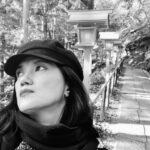
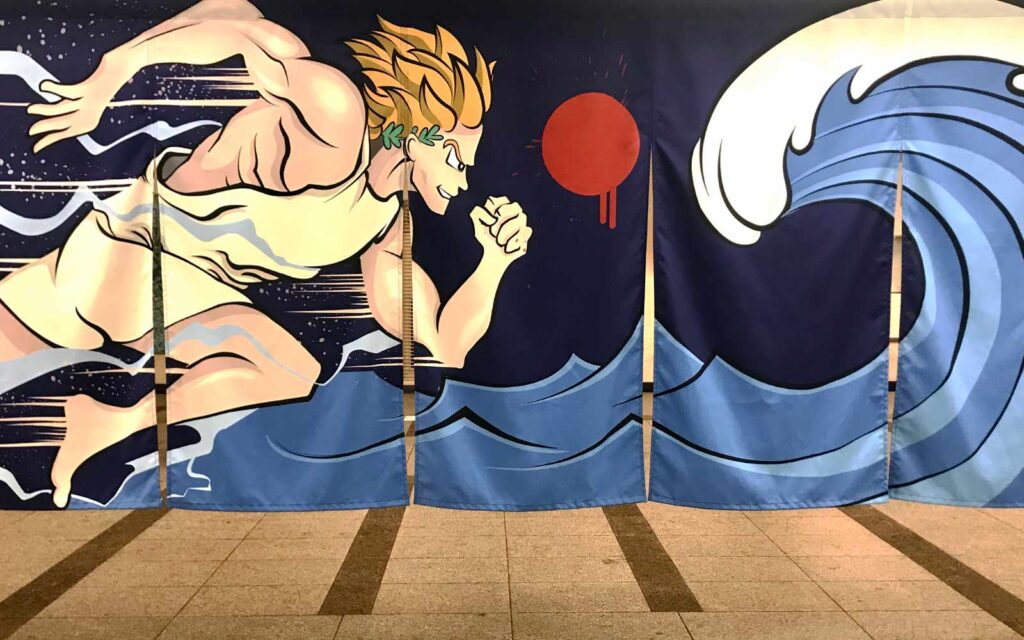

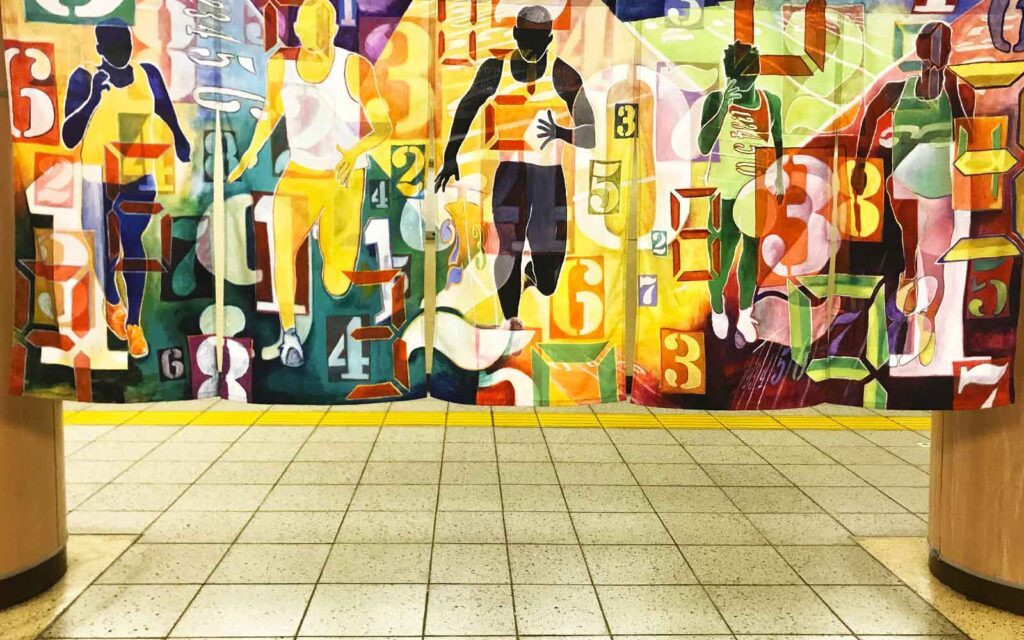
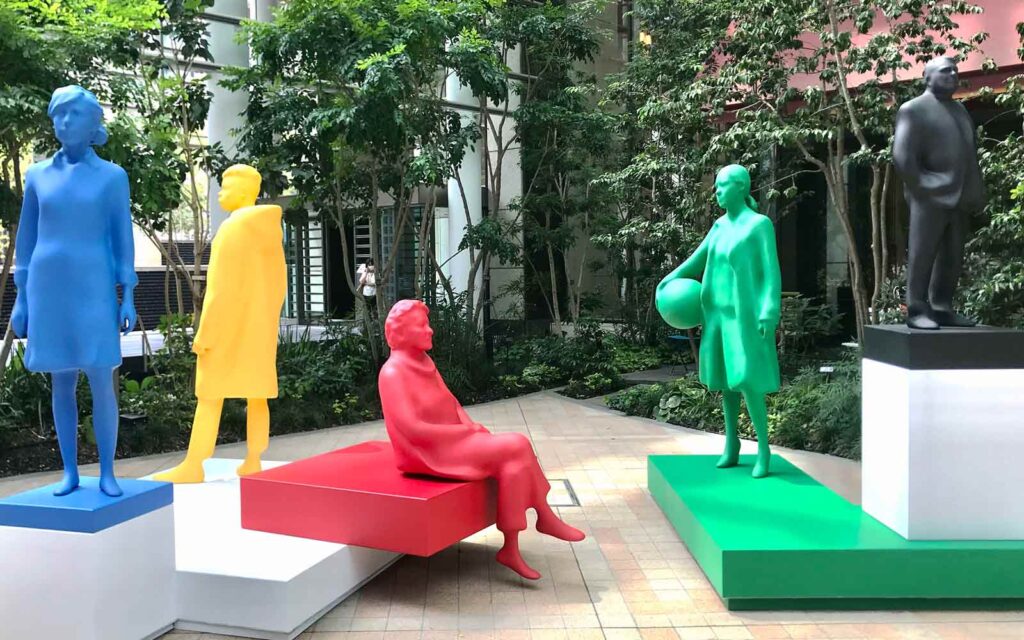
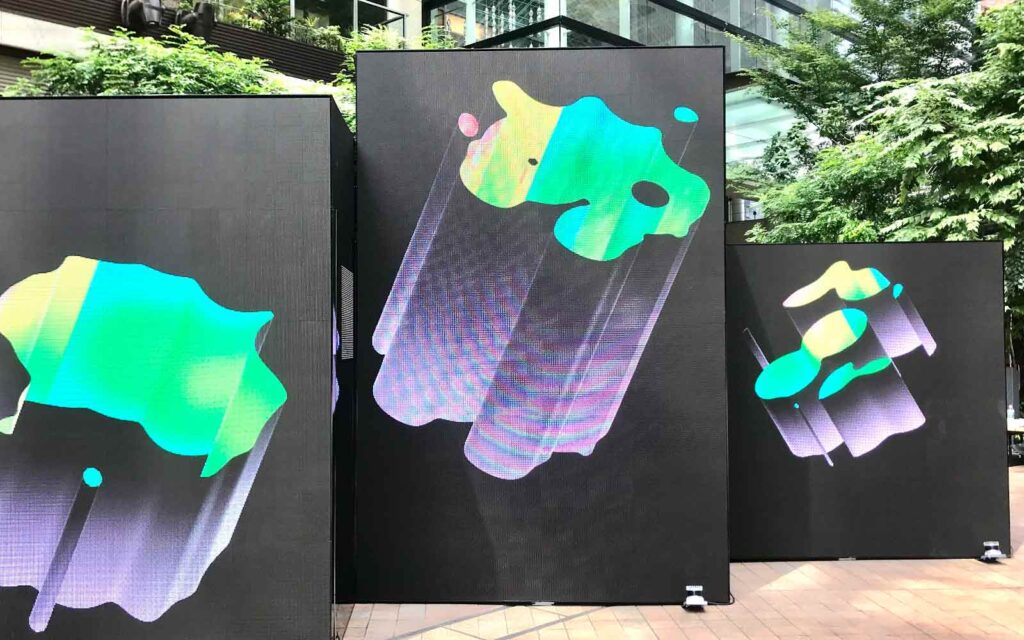
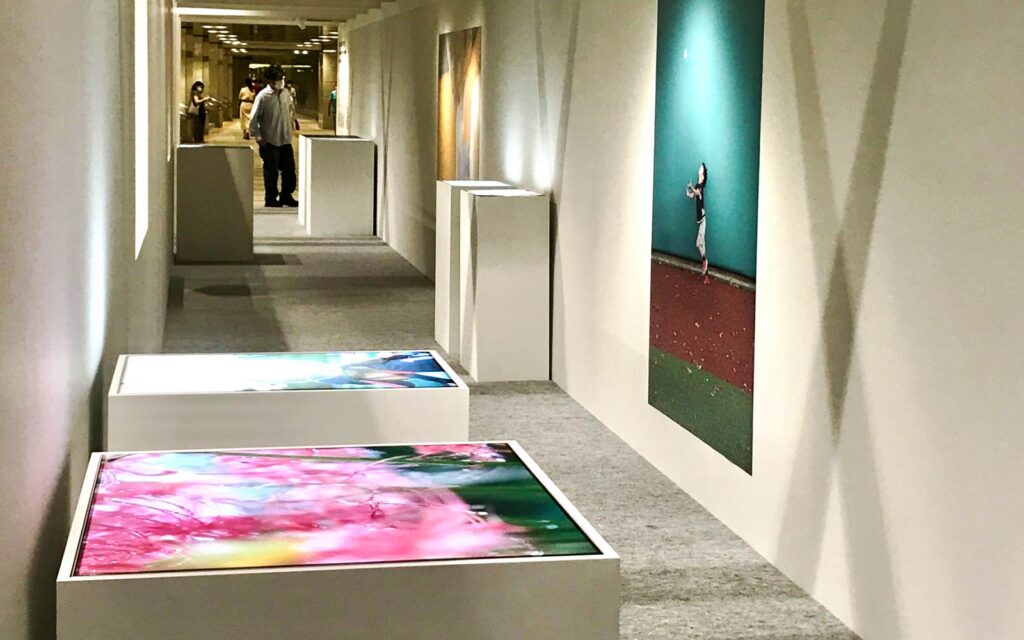

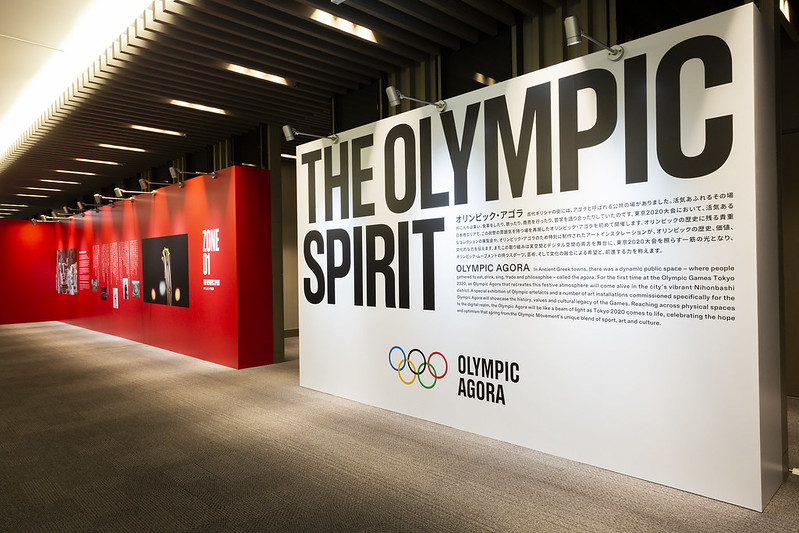
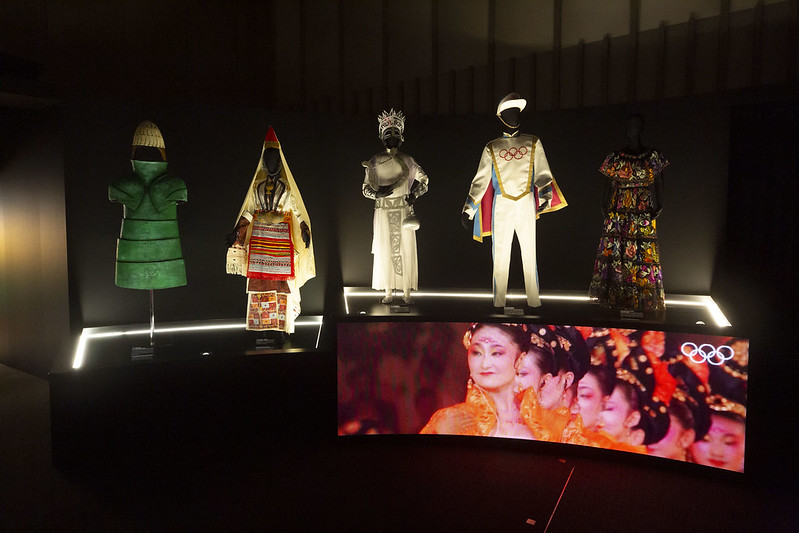
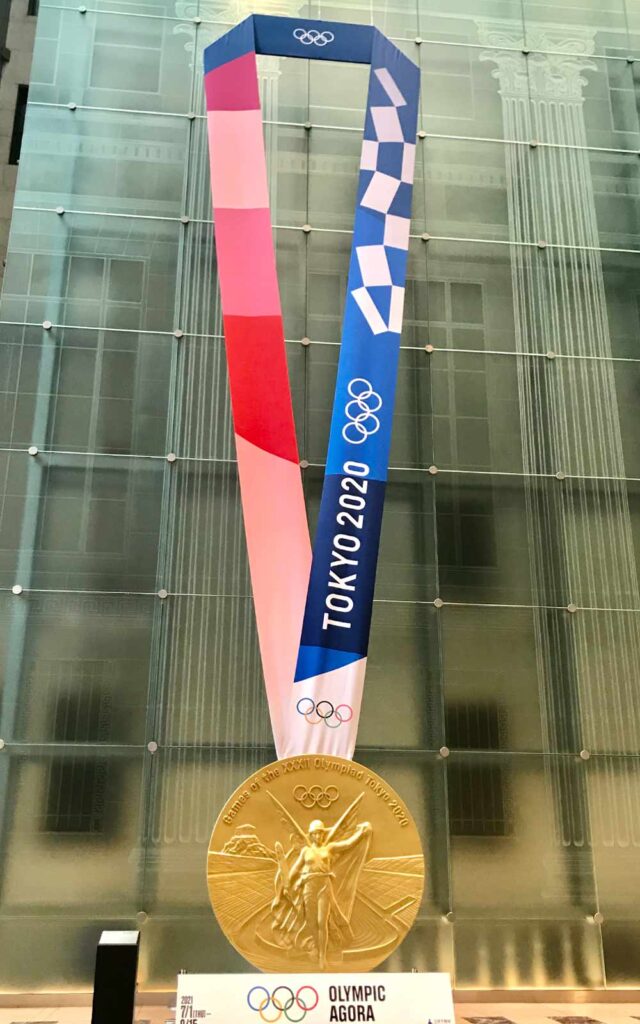













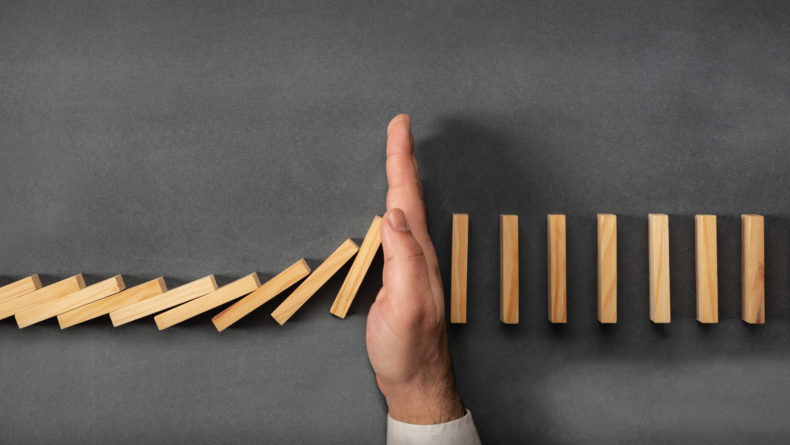
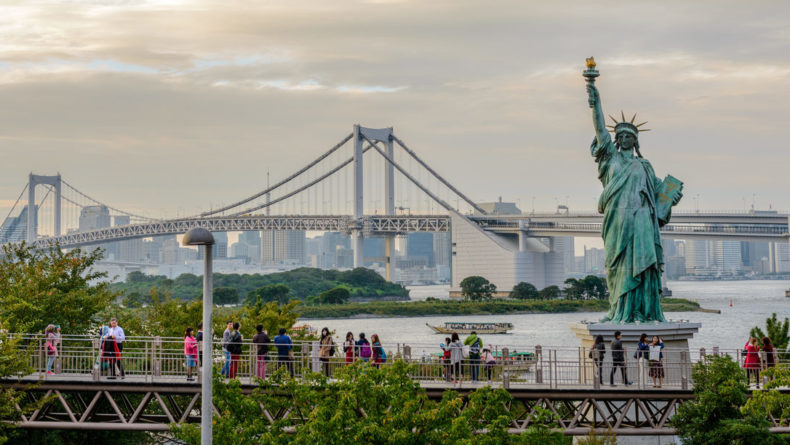
Leave a Reply